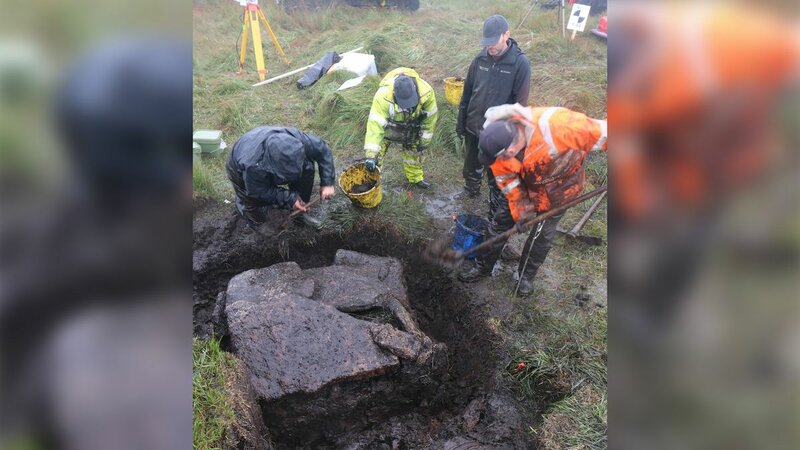A "stunning" tomb found on an isolated moor in southwest England could help archaeologists understand what life was like 4,000 years ago in the Bronze Age. Originally discovered in May, the burial chamber began eroding out of the peat at Dartmoor National Park and was excavated in August, according to a statement from the park. The tomb, which measures about 3.3 feet (1 meter) square, was covered with three large, granite stones. This cist-type burial was likely used around 1800 B.C., based on the radiocarbon dating of charcoal from inside the tomb.
Archaeologists lifted the granite stones and discovered numerous pieces of well-preserved wood, as well as an additional 12 inches (30 centimeters) of fill. The team managed to move the entire tomb to a laboratory, where painstaking micro-excavation will reveal the complete contents of the grave.



 Archaeology
Archaeology Ancient History
Ancient History United Kingdom
United Kingdom Science
Science



